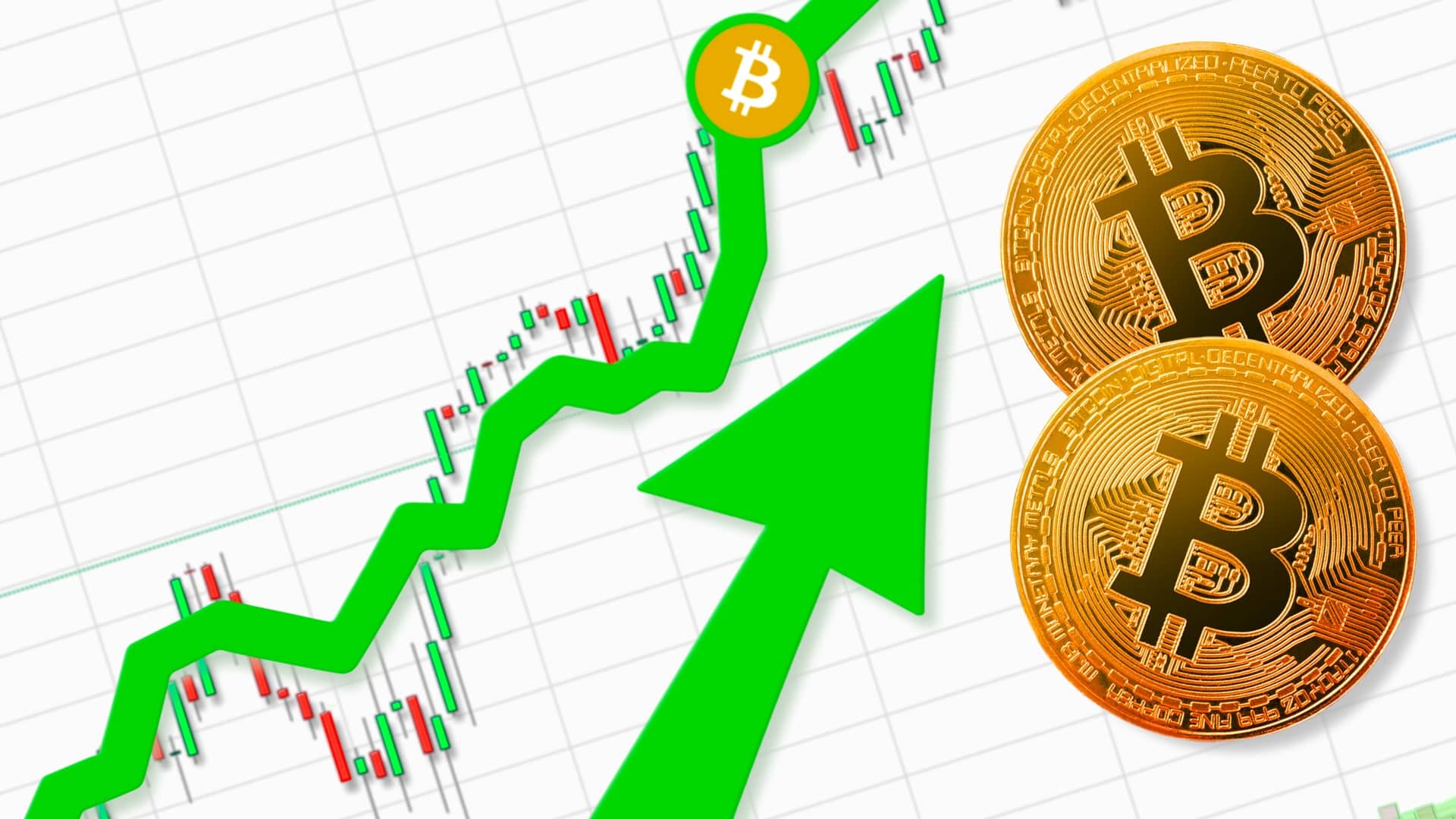Bitcoin has risen beyond $82,000, signifying a market comeback and a shift in investor attitude from risk-off to risk-on. This return highlights Bitcoin’s strength and importance in the shifting digital asset landscape. The bitcoin market has fluctuated due to macroeconomic events and government decisions in recent months. Bitcoin’s recent rise beyond $82,000 is remarkable given its falls. Bitcoin is volatile and can recover from market issues, as shown by this price movement.
Important Factors Promoting Bitcoin’s Revival
Policy reforms, institutional adoption, market forces, and technology revived Bitcoin. The U.S. government’s strategic Bitcoin reserve drastically changes Bitcoin acceptability. Former crypto skeptic President Donald Trump created this reserve using Bitcoin lost in court. They acknowledge Bitcoin’s value and incorporate it into national financial rules, strengthening its credibility.
The broader volatility of financial markets has caused investors to review their holdings. When conventional markets slumped, Bitcoin emerged as an alternative asset, attracting investors looking for diversification and potential profits. This shift in financial strategies has increased demand for Bitcoin, driving up its price, supporting Bitcoin recovery, and solidifying its reputation as a hedge against economic uncertainty.
At the same time, constant advancements in Bitcoin’s infrastructure—such as scalability solutions and improved security protocols—have further bolstered investor trust. These developments ensure the network’s resilience and its capacity to manage higher transaction volumes, making Bitcoin increasingly attractive to both institutional and individual investors.

Real-World Consequences and Current Advancements
Major financial institutions, including asset managers BlackRock and Fidelity, have started Bitcoin-based exchange-traded funds (ETFs). By giving institutional and retail investors controlled means to expose themselves to Bitcoin, these investment vehicles help to further integrate it into mainstream finance. Bitcoin ETFs are expected to play a crucial role in bridging the gap between traditional finance and the cryptocurrency ecosystem.
Corporate Treasury Strategies: Businesses are increasingly considering Bitcoin for reserves. This trend indicates Bitcoin’s growing popularity as a counterbalance to market volatility and money devaluation, affecting business financial strategies worldwide. As more companies accept Bitcoin, its legitimacy as a long-term store of wealth grows, supporting Bitcoin recovery, boosting institutional participation, and enhancing global financial integration.
Regulatory Landscape: Other countries use the United States’ national Bitcoin reserve formation as a model. This action could inspire authorities all around to create more precise rules and regulations about acceptance and integration of cryptocurrencies into national economies.
Difficulties and Thoughts of Action
Market speculation, geopolitical events, and macroeconomic data all affect Bitcoin’s still very erratic price. Investors have to keep careful and take into account the inherent hazards connected to bitcoin purchases. Regulatory uncertainty results from certain governments embracing cryptocurrencies while others remain dubious, hence creating a patchy regulatory scene.
This inconsistency can make global investors’s lives difficult and impede general adoption. The ecosystem of cryptocurrencies still suffers security challenges, including fraud and hacking. Maintaining investor trust in the market and safeguarding them depend on strong security policies. Additionally, the cryptocurrency ecosystem still faces significant security challenges, including fraud, hacking, and cyberattacks on exchanges and wallets.
Millions of losses resulting from well-publicized breaches emphasize the need for improved security policies and legislative control. Strong security standards, cutting-edge encryption technologies, and ongoing development of distributed solutions to reduce risks will help investors maintain trust in the market, support Bitcoin recovery, and protect their investments.
Conclusion
Bitcoin’s $82,000 adoption and banking integration changed the market. Creating Bitcoin ETFs and government reserves demonstrates market maturity and acceptability. Bitcoin may alter due to legal, economic, and technological factors. Bitcoin’s global distribution makes it well-positioned to negotiate and maybe thrive as digital assets grow. CBDCs may impact Bitcoin in global finance. Financial sovereignty investors may value Bitcoin’s distributed asset status as governments examine digital money substitutes.
Bitcoin goes beyond money storage with decentralized banking and smart contract systems. Bitcoin investors and stakeholders must be hopeful and cautious in this turbulent market. Long-term potential makes Bitcoin a global financial player despite its volatility. Investors and stakeholders must be optimistic and cautious in this volatile bitcoin market. Bitcoin is volatile, but its long-term potential makes it a worldwide financial player. While short-term volatility is inevitable, Bitcoin’s long-term potential makes it a worldwide financial player.


